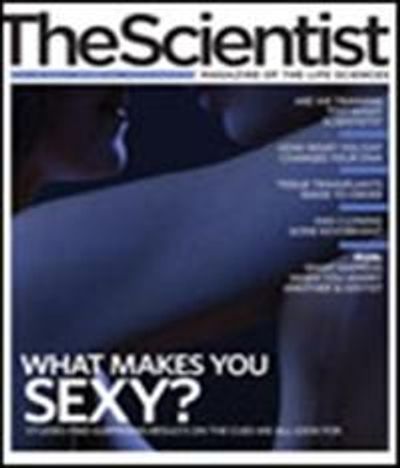
Ending a two-decade search, investigators have experimental evidence that two replication forks diverging from a single origin are held together in space.
Tomoyuki Tanaka and his colleagues at the University of Dundee recently visualized DNA replication factories by inserting arrays of lac operators and tet operators into a Saccharomyces cerevisiae chromosome.
"This finding will profoundly affect our understanding of chromosomes during replication," says Faculty of 1000 member Joel Huberman at the Roswell Park Cancer Institute in Buffalo, New York.
"I am relieved that the search for this is...
Interested in reading more?




